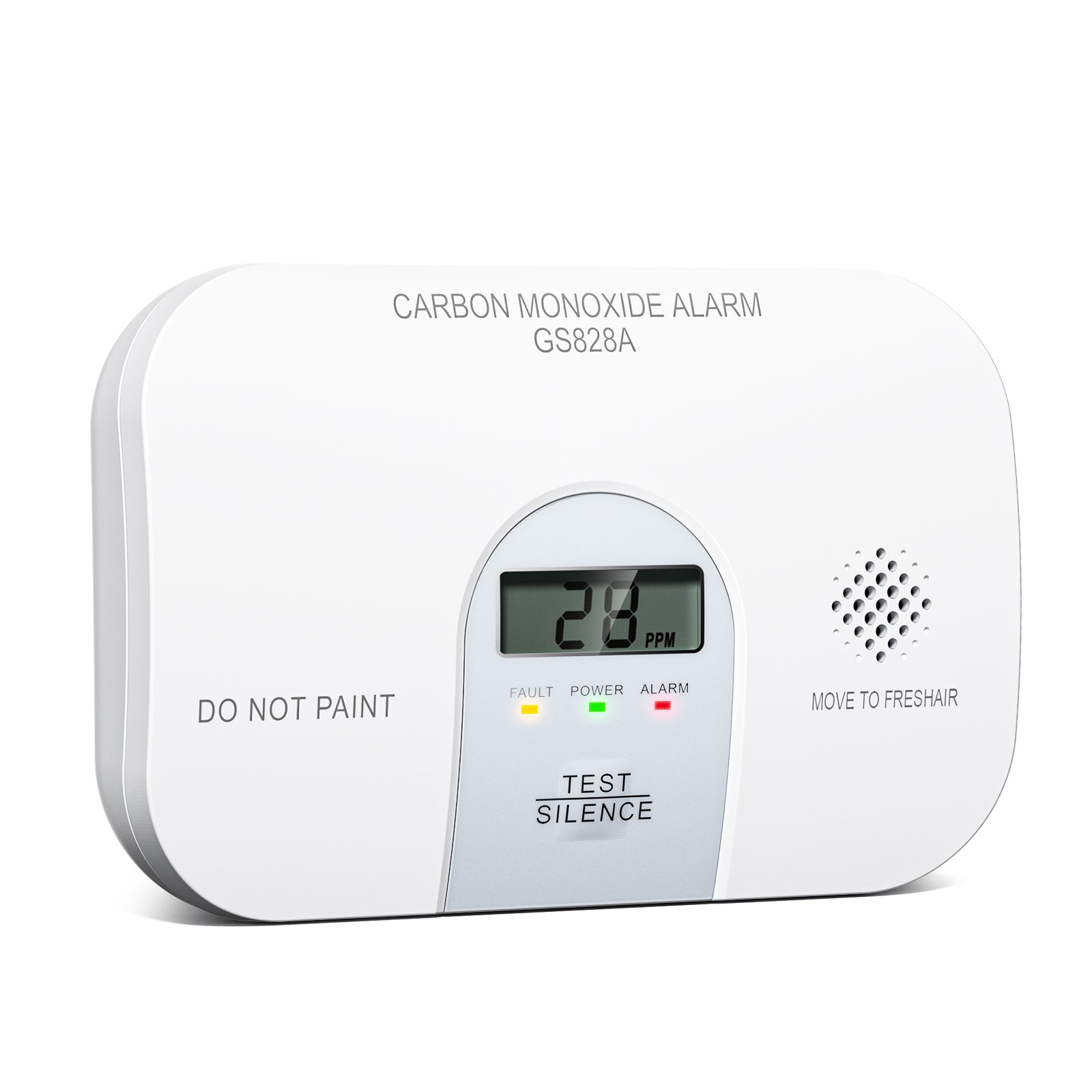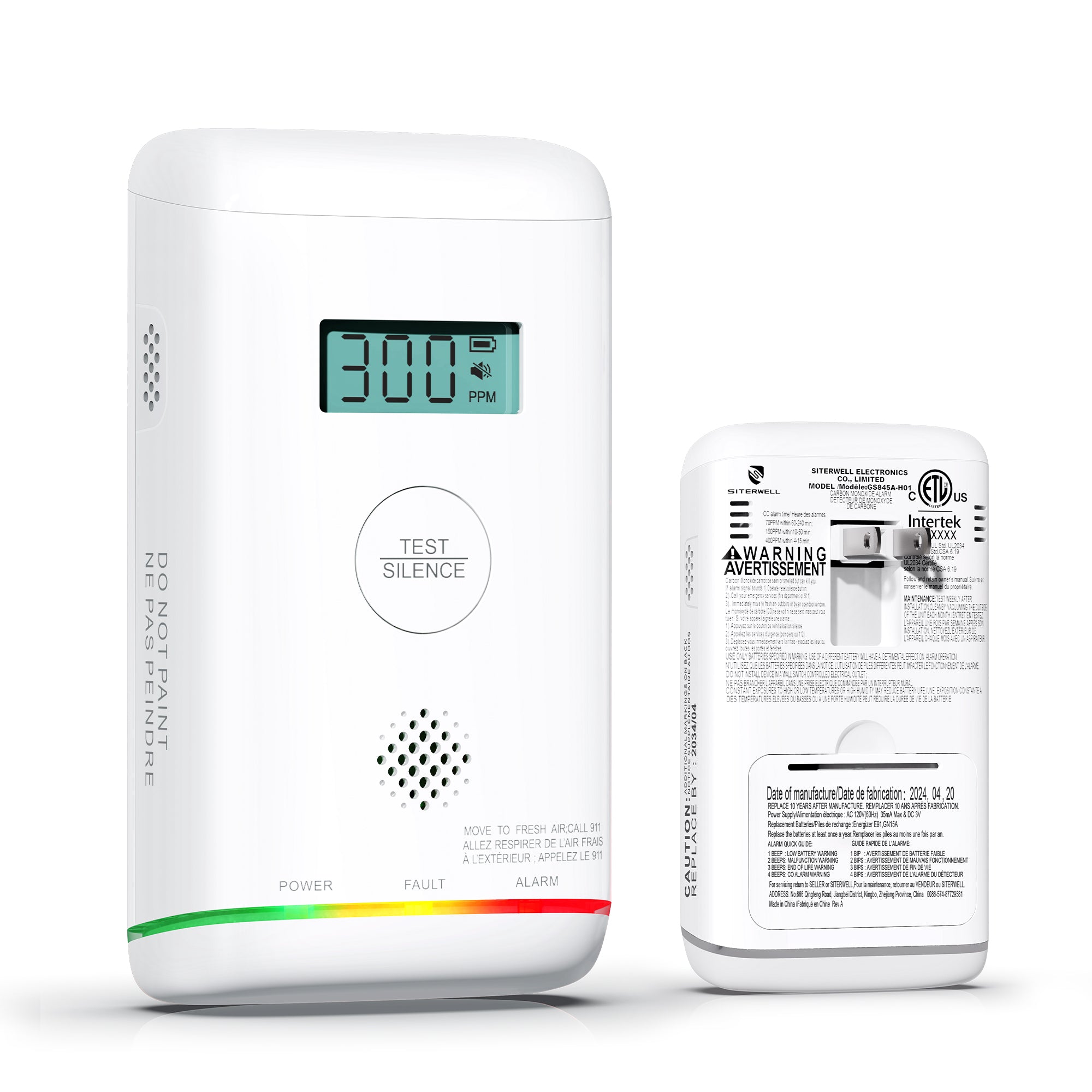
When it comes to home safety, carbon monoxide (CO) detectors are essential, silently protecting us from potentially deadly threats. Carbon monoxide is a colorless, odorless gas that is commonly emitted from household appliances, so effective detection is critical. According to the NFPA, homes must install carbon monoxide detectors, which alert occupants to potential danger through distinctive alarm signals. If you hear a double beep from your CO detector, understanding its meaning is crucial for ensuring your home's safety.
1. What Does 2 Beeps Mean on a Carbon Monoxide Detector?
The primary function of a carbon monoxide detector is to alert occupants when it detects an elevated level of carbon monoxide in the air. Two beeps on a CO detector typically indicate that the device has detected a moderate level of carbon monoxide in the environment.
Common Reasons for Two Beeps
- Low Battery: Most commonly, two beeps indicate that the battery is running low and needs to be replaced.
- End-of-Life Warning: Some detectors beep twice to signal that the device has reached the end of its life and needs to be replaced.
- Malfunction: If the detector is malfunctioning, it may emit two beeps. In this case, refer to the user manual for troubleshooting steps.
2. What to Do When Your Carbon Monoxide Detector Beeps
Check the Battery
- Replace the Batteries: Start by replacing the batteries. Use the battery type that matches the product, usually indicated in the user manual or on the back of the detector.
- Test the Detector: After replacing the batteries, use the test button to ensure the detector is functioning correctly.
Inspect for CO Leaks
- Ventilate the Area: Open windows and doors to ventilate the area immediately.
- Check Potential CO Sources: Inspect potential sources of carbon monoxide, such as gas appliances, fireplaces, and attached garages. Ensure they are properly ventilated and maintained.
Consider the Age of Your Detector
- Replace If Needed: If your detector is old, it may be time to replace it. Check the manufacturing date on the detector.
Contact Professionals
- Seek Professional Help: If you suspect a carbon monoxide leak, contact a professional to inspect your home and address any issues.
3. Understanding Carbon Monoxide Detector Beep Patterns
Different carbon monoxide detectors have varying beep patterns to indicate different statuses. Here's a quick guide to help you understand these patterns:
- One Beep Per Minute: Low battery warning.
- Two Beeps Per Minute: End of life or malfunction.
- Continuous Beeping: High levels of carbon monoxide detected; evacuate immediately and call emergency services.
4. Maintaining and Upgrading Your CO Detector
Regular Maintenance
- Monthly Testing: Test your carbon monoxide detector monthly to ensure it's functioning correctly.
- Battery Replacement: Replace the batteries at least once a year or when the detector indicates a low battery.
Upgrade to Advanced Detectors
Consider upgrading to the GS828A portable carbon monoxide detector with a 10-year product life. Intuitive display of CO peaks, providing 24/7 continuous protection.
$28.99
- Intuitive LCD and LED
- 10-Year Product Life
- UL2034 Compliant
- Portable Design
5. FAQ
6. Conclusion
Understanding the significance of two beeps on your carbon monoxide detector is crucial for maintaining a safe home environment. Regular maintenance, prompt action when beeps are heard, and upgrading to advanced detectors can help ensure your family's safety.







